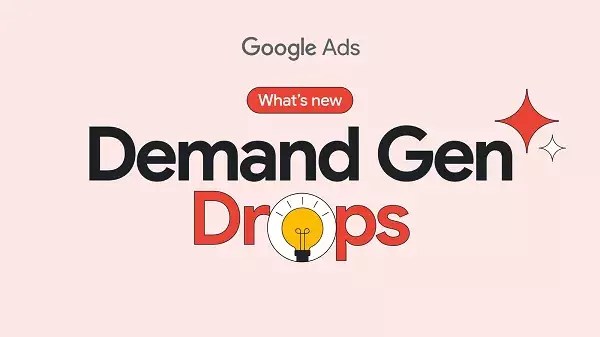In an era where digital advertising continually evolves, staying ahead of the curve is essential for marketers seeking to maximize their impact. Google’s recent initiative, a dedicated newsletter highlighting updates in Demand Gen campaigns, signifies a strategic push towards transparency and efficiency. This communication tool isn’t just about keeping marketers informed—it’s about empowering them with cutting-edge insights to harness the full potential of YouTube’s advertising ecosystem. For those committed to innovation, this monthly update promises a competitive edge, fostering agility in an increasingly complex digital landscape.
What stands out most about these updates is Google’s relentless emphasis on artificial intelligence and its transformative influence. The reported 26% uplift in conversions per dollar, driven by over 60 AI enhancements in just a year, underscores the profound capabilities of machine learning. Tools like Demand Gen are no longer supplementary; they are central to crafting intelligent, performance-driven campaigns. This signals a paradigm shift that savvy marketers must recognize—adopting and adapting to these advanced solutions will be crucial for sustained success.
Strategic Adjustments for Better Results
One of the most notable updates is the expansion of Conversion Lift capabilities. Previously constrained by higher spend requirements, the new rules allow insights even at lower investment levels. This democratizes data access, providing marketers with granular understanding without the need for massive budgets. However, caution is warranted—less data can sometimes lead to less precise interpretations, so strategic clout becomes vital to avoid misguided decisions. This change underscores that Google’s innovations are intended to lower barriers, yet they also demand a higher level of analytical acumen from users.
Furthermore, Google’s enhancement of its Omni-Channel Smart Bidding for Store Conversions reveals a pivotal shift in local marketing strategies. Synchronizing online bid strategies with in-store visits blurs the line between digital and physical realms, creating a more integrated consumer experience. Marketers must reconsider how they allocate resources and interpret data, as these developments emphasize a holistic approach to customer journey mapping.
The introduction of new reporting columns in Google Ads further exemplifies Google’s commitment to transparency. These metrics provide richer context about campaign performance, enabling marketers to draw comparisons between Demand Gen and paid social efforts. This layered insight helps refine targeting and messaging, critical elements for optimizing ROI in a competitive environment. Innovations like local offers and special occasion assets add additional layers of relevance, urging marketers to craft hyper-targeted, timely campaigns.
The evolution of Demand Gen showcases Google’s grasp on the shifting demands of digital advertising: automation, performance, transparency, and integration. Marketers eager to stay relevant must leverage these updates proactively, recognizing that tomorrow’s success rests on today’s agility and willingness to adapt. This ongoing cycle of innovation isn’t just about staying current—it’s about reimagining what’s possible in digital outreach and customer engagement.

